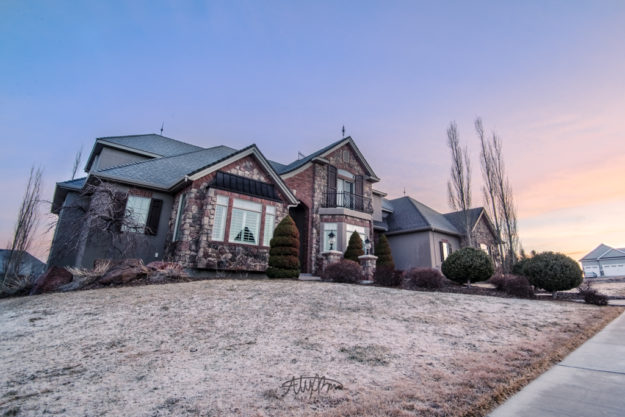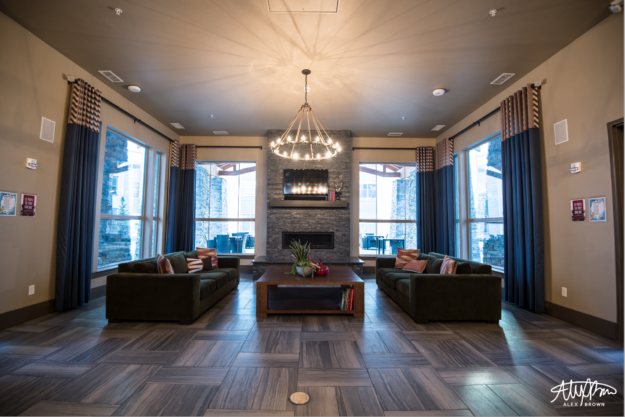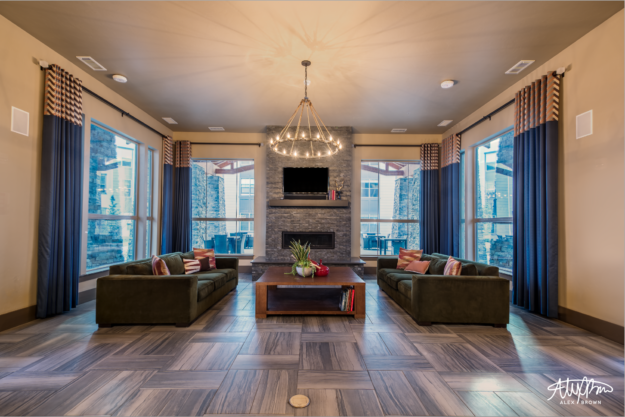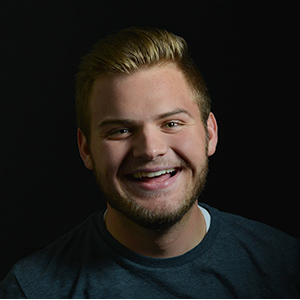How real estate and interior photography can take basic HDR photography to the next step by adding some extra light.
I have always been a fan of real estate and interior design. When nothing else is on TV, you can always count on the beautiful homes and interiors that grace the screen of HGTV for hours of endless entertainment. I work for a realtor and it’s always so exciting when we get the pictures back from a new real estate listing. I love writing descriptions of homes based upon the interior photography that we get and then to see share those photos with others.
Real estate and interior photography is growing in popularity and demand. Not only do houses sell faster when they have professional photographs, they become even more memorable to buyers when the photographs are beyond impressive!
Capturing HDR images, or high-dynamic range is the common standard and practice for real estate, interior, and architectural photography. An HDR image is actually three separate images – one that is lit perfectly, one that has too much light, and one that is dark – that are then combined. By combing the different exposures, you are able to pull out certain details that a single exposure cannot get alone.
Here’s an example of a beautiful residential home that I took early this morning at sunset. The sky had finally cleared in Rexburg, producing this beautiful sunset. In my opinion, this photograph works well for the house because the sunset is memorable, however, it can still be even better.
I want to focus more on interior photography for this post, because this interior demonstrates this principle of lighting for interior photography so much better than my early morning attempt does. This is a normal HDR image of a section of the clubhouse at Mountain Lofts here in Rexburg, ID. I love the mix of the rustic feel of a mountain ski lodge combined with the luxury and high end finishes of an urban development.
Mike Kelley is an LA based photographer who set forth to figure out the secrets of architectural, real estate and interior design photographers. Mike Kelley has created beautiful images of buildings, houses, real estate listings and architecture around the world and he does so with one simple tool: a speedlight.
Speed lights are so awesome because they are portable and so powerful! Using a speedlight for real estate and interior photography is a lot like compositing an HDR in Photoshop or Lightroom. After opening up each separate photograph as a layer, you slowly mask them together until you have your interior or exterior photograph lit. Here’s what my speedlight-only image looked like after I finsihed compositing it.
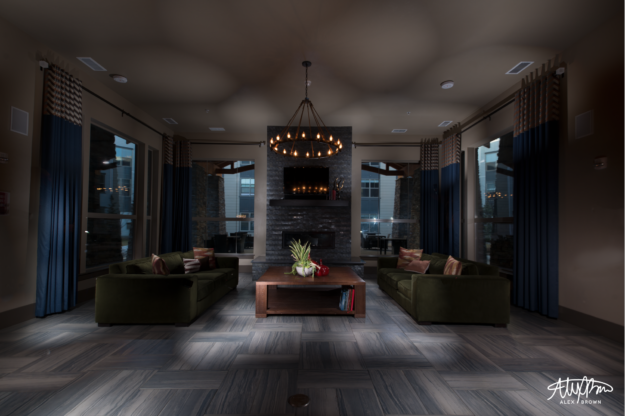
A composite of 65 different layers that have been masked and blended together. Since I shoot in RAW, the file is about 10.65GB big!
I think this interior photograph with just the flash alone is pretty cool, but it doesn’t show off the space and the interior design! This – using a speedlight – is Mike Kelley’s secret when it comes to shooting real estate and interior photography! But wait… there’s more!
After compositing the separate flash images together, bring in the HDR image and you get an amazingly beautiful result like this! By compositing an HDR image and a flash composite, real estate and interior photography comes to life because of the depth that is created from the shadows by the speedlight.
Check out more amazing real estate and interior photographs by Mike Kelley on his website.
